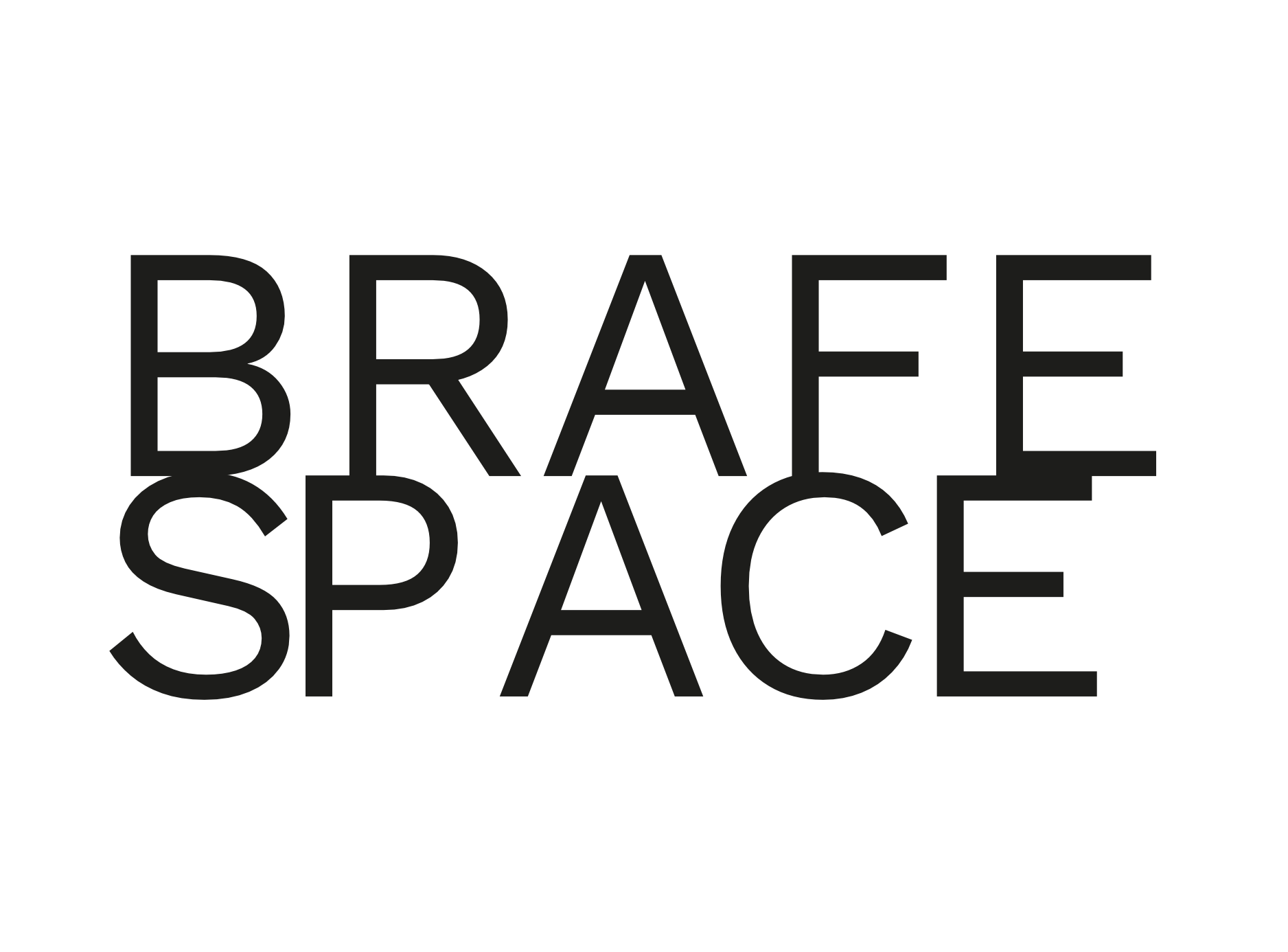Questions designed to include more: The Brafe Deck
Throughout the spring and summer of 2024, a card deck has been developed within brafe.space to reflect the developmental frameworks and formats which are most often implored within our explorations. Featuring 78 unique cards and questions, the deck provides a wealth of potential explorations designed to include more into our reality of ourselves, others, and our socio-economic systems.
The Structure
The deck s structured into 22 essential questions and 56 self explorations. The 22 essential questions reflect the overall developmental journey of an entrepreneur and their creative project. The 56 self explorations are sorted into four suits, each taking a unique perspective on the overall developmental journey reflected by the essential questions. Each suit reflects a particular quadrant or perspective, with the first cards in that suit concentrating solely on the correlated quadrant and the higher numbers integrating more quadrants or perspectives as they increase, until the final two cards represent questions representing all quadrants and perspectives.
The structure of this deck is strongly inspired by the structure of historically tarot decks, borrowing ideas from integral theory frameworks of Ken Wilber. It is important to note that these original frameworks cover a much larger scope of development. This deck presumes certain false limitations on developmental potential (for example, limiting the lower right quadrant to socio-economic systems) in order to serve entrepreneurs and the highest development of their entrepreneurial potential.
The Usage
By emphasizing questions, rather than archetypes or developmental stages directly, this deck inspires the one(s) using it to explore new archetypes or developments within themselves. The presumption is that this potential is inherent in each of us, and that the questions can help us to locate and surface different archetypes of perspectives which exist excluded from our awareness. For the highest impact, users of the deck should consider exploring the questions from various levels, including but not limited to the intelligence of the body, heart, and mind.
Spontaneous and Structured Inquiry
To engage with the deck most simply, one may choose a card at random, and take time to reflect on the question as a part of their regular reflection and contemplation routine. To engage with the deck more intentionally, one may choose one or more cards from a particular suit and create a sort of question flow. For example:
These formats can be used for individual reflection and exploration, but even better for rounds in small groups or relational spaces. Generally, a thorough exploration will address each of the four quadrants. Users of the deck can take the time to structure questions according to the desired exploration, using the suit symbols and numerical system to determine the level of complexity. Gathering the perspectives of several individuals from each of these quadrants and from various levels of mind enables an incredible amount of information to be gathered in a relatively short period of time. This is a tool which helps groups to easily observe which elements of experience are shared and clear to the whole, and which elements are unique or particular to the individual.
As A Meditation Tool
One final recommendation for the cards is to use them for building meditations of inquiry. Here, the recommendation is to choose up to 7 cards, ordered from least to most complex, and to arrange them in a paragraph so that there is a series of increasingly complex questions. As a series, one may then set a timer and read aloud the questions to themselves for a period of five to twenty minutes on repeat, and to do this for a number of days. Because the questions are intentionally designed to not have answers, and because they have been arranged in a particular pattern of growing complexity, performing this type of self hypnosis provides healthy entertainment to the outcome and solution oriented parts of our mind, making it so that they are not so hyperactive in our interactions where listening and no outcome are our intentions . As a regular practice, these inquiries may guide the outcome and solution oriented parts of our minds to be seeking meta-perspectives and patterns, priming our minds to take wider perspectives on challenges and topics which may arise during our days, and to connect types of information or perspectives which may not previously have been related. For example:
Intended Impact
As it says, the deck is designed to include more. There is a part of each mind already asking these very questions and making these very observations. Our practice with the deck is to include them into our awareness, and then deeper into our leadership decisions and behaviors. How much can we include and on how many levels?
These wonderful cards are illustrated by the talented Victoria Ng.



